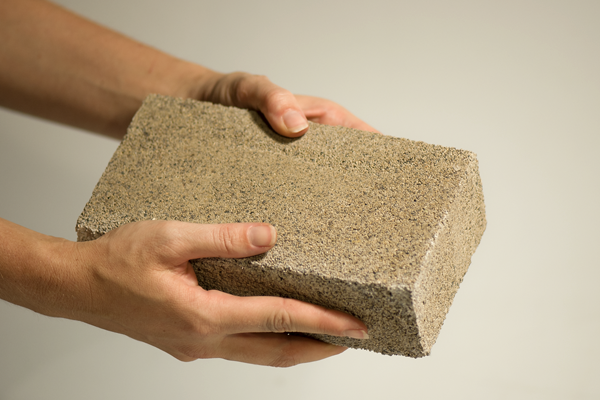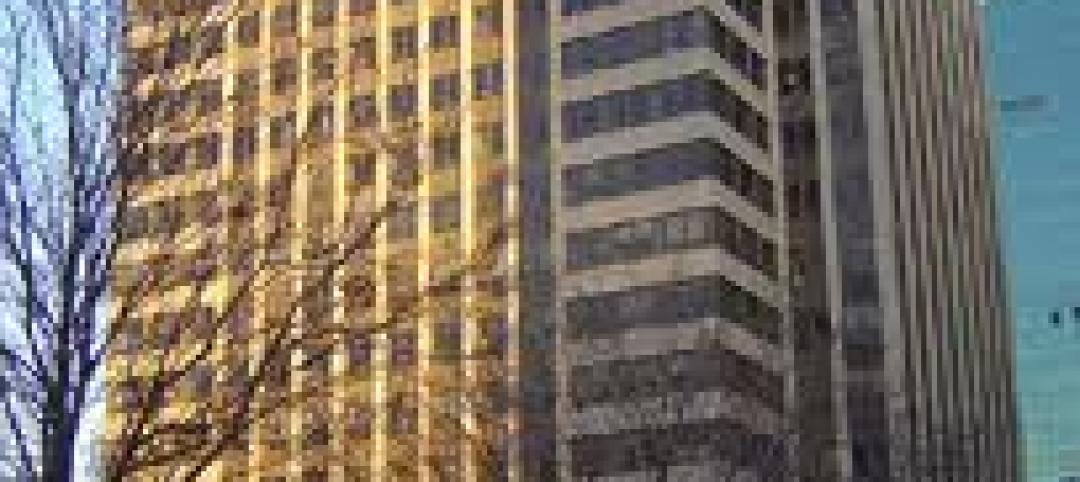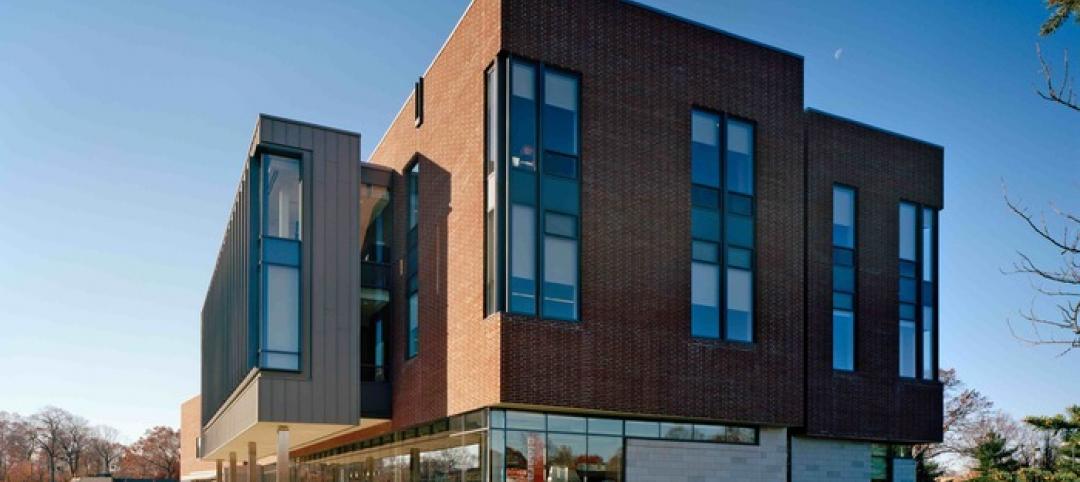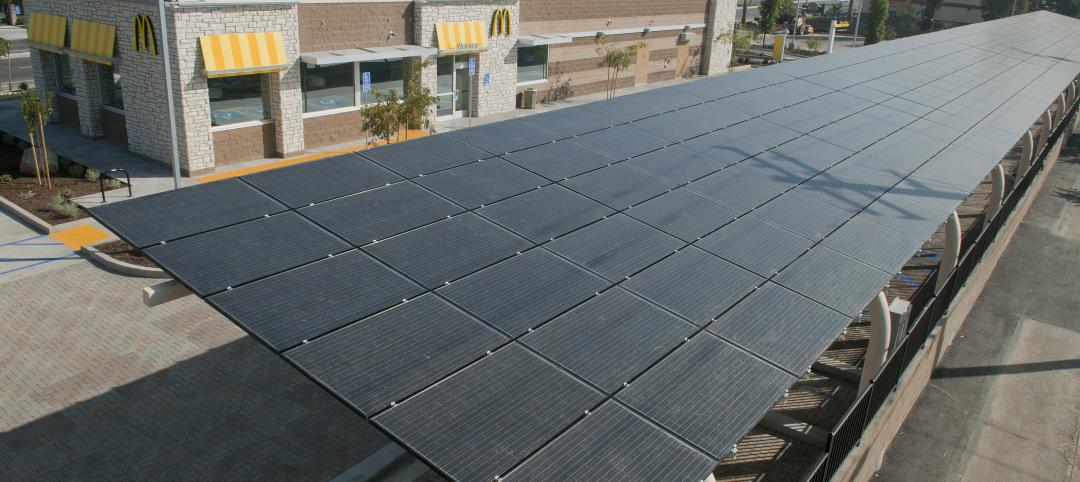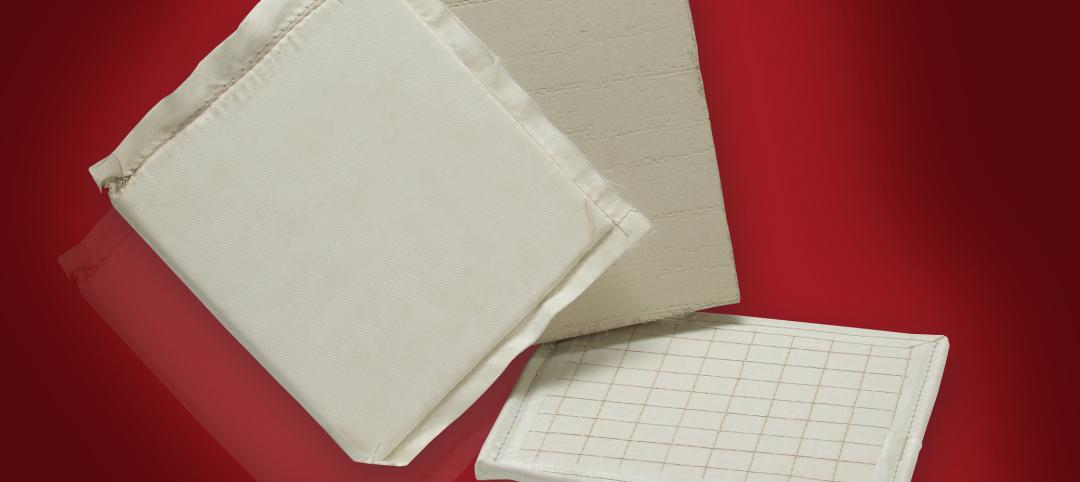Products from ten companies have been selected as finalists for the Cradle to Cradle Product Innovation Challenge sponsored by the Schmidt Family Foundation and the Dutch Postcode Lottery. Three winners will be selected from this group and will share a cash prize of $250,000.
The Cradle to Cradle Products Innovation Institute, in partnership with Make It Right, launched its first ever Cradle to Cradle Product Innovation Challenge in November 2012. By June, over 100 products had been entered in the Challenge.
The Challenge: Create a building product that is safe, healthy, affordable, effective, and designed to be returned safely to nature or industry after use.
“We are delighted at the response to the challenge and the quality of the submissions,” said Bridgett Luther, president of the Institute. “These innovations embody shared values of practical sustainability and entrepreneurship.”
From insulation grown from fungi, to roofing made from waste limestone and recycled plastic, to bricks grown by living organisms, the finalists are showing what’s next in the green building scene. The ten finalists represent alternatives to a range of traditional building products, including insulation, paint, drywall, siding, roofing, bricks, and construction panels.
The finalist include (to see videos on each finalists, click here):
Ecovative – Mushroom Insulation
Mushroom® Insulation is a renewable, high-performance, and cost-effective replacement for plastic foams. Ecovative’s process combines agricultural byproducts with fungal mycelium, a natural, self-assembling binder, to literally grow structural rigid insulation. We grew a tiny house, and we see this as a proving ground for the $21B rigid board foam insulation market.
Bellwether Materials – Softbatts Sheep’s Wool Insulation
Softbatts insulation is made from sheep's wool. It is safe for people, animals, and the environment. Very little energy is used in manufacturing. Installers don’t need to suit up. Wool is known for its ability to absorb pollutants in the air, making interior spaces healthier. If the building catches on fire, wool insulation is difficult to burn and will delay the ignition of surrounding materials. If the building is demolished, the wool can easily be pulled out and reused, repurposed or recycled.
ROMA – Domus Mineral Paints
Our Domus paints are excellent interior finish paints and primers for sheetrock, wood, plasters, and trim. They are derived from natural materials, washable (matte sheen and above), free of toxic chemicals, free of asthmagens, hypoallergenic, and permeable, prohibit bacteria that form mold, and absorb CO2 (so no Sick Building Syndrome). They are ideal for use in commercial and residential areas: offices, schools, medical facilities, and homes. Easy to apply—spray, roll, or brush.
StormWall Industries – StormWall panels
StormWall is a structural wall, floor, and ceiling system with panels that supersede and replace the use of drywall. Based on the Composite Panel Associates Carbon Model, StormWall panels sequester more than 3X the CO2 emitted from the production process and supply chain. The StormWall panel is Classified E1 for indoor air quality with Formaldehyde content confirmed at <8.0mg/100g. Panels are painted in factory with VOC-free, GREENGUARD certified paint, further reducing formaldehyde emissions by 80-95%.
GR GreenBuilding Products – GR Green Roofing and Siding
GR Green Building Products Inc (GR Green) has developed a breakthrough, patented process to produce the world’s first truly ecological synthetic roofing and siding products at extremely competitive prices. Made from waste limestone and recycled plastic—milk bottles and grocery bags—GR Green CedarTM and GR Green SlateTM look natural, cost less than the competition and can be completely recycled at the end of their 50+ years of use, making GR's products not only ecological but sustainable.
bioMASON – Biobrick
Traditional brick manufacturing utilizes a fuel firing process and is responsible for approximately 800m tons of CO2 emissions every year. bioMASON’s protected technology instead employs bacteria to produce a natural cement within a mix of aggregate. Inputs are globally abundant and may be extracted from waste streams. The cementation process is achieved in ambient temperatures. A hardened brick requires less than 5 days to form, and is comparable in cost and performance to traditional masonry.
Ecococon – Straw Panels
Prefabricated load-bearing Straw Panels are made for cost-efficient and precise construction of super-insulated houses. The Ecococon modular building system is made from 99.4% rapidly renewable and mostly locally sourced materials (straw and wood). The panels have been successfully applied in several passive houses. The modularity, use of small-sized timber, and the homogeneous look of the straw surface set this product apart.
HaploBuilt – HaploBlocks
Haploblocks are prefabricated modular building enclosure components assembled and connected on site. All materials are biodegradable or recyclable. The manufacture and assembly is simple, requiring few tools, little energy, and no water. Haploblocks can be disassembled and used again in new construction. Regional manufacturing further reduces energy and environmental costs and promotes social discourse and economic justice.
ECOR – Universal Construction Panels
ECOR® Universal Construction Panels come in various shapes and sizes. Fabrication, shipping, handling, and assembly are all low-cost. Panels are lightweight, low volume, and designed for anyone to assemble, easily. ECOR® is a sustainable material technology that utilizes a ubiquitous raw material, available worldwide: waste cellulose fiber. ECOR® manufacturing includes a closed loop water system with 99.5% reutilization.
Dutch Design Initiative – Reinforced Wood Wool Cement Board
Reinforced Wood Wool Cement Board is a versatile building material made from wood wool and cement. The wooden pole in the board results in a constructive element. It can be used for walls and roofs. Boards are fire-resistant, waterproof, rot-resistant, termite- and vermin-resistant, insulating, sound-absorbing, free of harmful emissions, and accept a wide range of finishes.
Related Stories
| Feb 2, 2012
Call for Entries: 2012 Building Team Awards. Deadline March 2, 2012
Winning projects will be featured in the May issue of BD+C.
| Feb 1, 2012
Two new research buildings dedicated at the University of South Carolina
The two buildings add 208,000 square feet of collaborative research space to the campus.
| Jan 30, 2012
Hollister Construction Services to renovate 30 Montgomery Street in Jersey City, N.J.
Owner Onyx Equities hires firm to oversee comprehensive upgrades of office building.
| Jan 27, 2012
BRB Architects designs new campus center for Molloy College
Intended to be the centerpiece of the College’s transformation from a commuter college to a 24-hour learning community, the “Public Square” will support student life with spaces such as a café, lounges, study rooms, student club space, a bookstore and an art gallery.
| Jan 19, 2012
LEED puts the 'Gold' in Riverside golden arches
McDonald's restaurant recognized for significant energy savings.
| Jan 15, 2012
Smith Consulting Architects designs Flower Hill Promenade expansion in Del Mar, Calif.
The $22 million expansion includes a 75,000-square-foot, two-story retail/office building and a 397-car parking structure, along with parking and circulation improvements and new landscaping throughout.
| Jan 6, 2012
Summit Design+Build completes Park Place in Illinois
Summit was responsible for the complete gut and renovation of the former auto repair shop which required the partial demolition of the existing building, while maintaining the integrity of the original 100 year-old structure, and significant re-grading and landscaping of the site.
| Jan 4, 2012
HDR to design North America’s first fully digital hospital
Humber River is the first hospital in North America to fully integrate and automate all of its processes; everything is done digitally.
| Jan 4, 2012
New LEED Silver complex provides space for education and research
The academic-style facility supports education/training and research functions, and contains classrooms, auditoriums, laboratories, administrative offices and library facilities, as well as spaces for operating highly sophisticated training equipment.


